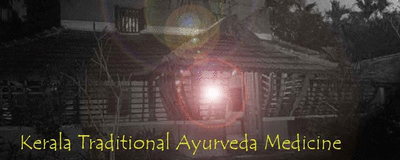Ayurvedic Herbs for Skin Problems
Rashes such as eczema and psoriasis are quite common amongst children, and all too often are treated with cortisone creams that merely suppress the symptoms. This approach can cause the problem to worsen over time. Ayurveda views such rashes as relating mainly to high pitta and ama in the liver, plasma, and blood tissue. Although pitta is the primary dosha considered in such conditions, the characteristics of the rash may vary depending on whether other doshas are present. If vata is involved there can be much dryness, scaling, and cracking, When kapha is present, then there may be more swelling and weeping. There is often an immunological and emotional component connected to skin conditions that should also be considered and addressed.
The most basic treatment consists of dietary restrictions, which include avoiding excessive intake of salty, pungent, and sour tasting foods, acidic fruits, as well as deep fried, fermented, and hot spicy foods. Bitter herbs such as Neem, Manjista, Haridra (Turmeric), and Guduchi have an affinity to the roots of rasa and rakta vaha srotas, the liver and spleen, and are commonly used for such ailments. Cooling nervines like Brahmi (Gotu kola) as well as Jatamansi, both of which also have alterative properties, are perfect for cooling and calming the mind, as well as clearing heat from the blood and liver. Traditional compounds such as Kaishore guggulu, Tikta gritam, Maha manjistadi kwatha, and Panchnimba churna are also useful, but treatment should always consider the prakruti, other secondary doshas involved, and reduce any aggravating factors.
In my experience, local treatment with oils and creams will not cure the condition but can provide some relief of itching, scaling, redness, and painful cracking. Good oils for topical application are Neem leaf oil in a coconut base, Tikta gritam, Bakuchi oil, and castor oil.
It is worth noting that it can be almost impossible to convince children to take herbal formulas in tea form, especially bitter herbs, so powdered herbs can be encapsulated in single “O” size vege capsules or taken in tablet form (which can be broken in small pieces to facilitate swallowing). Another “possibility” to mask the bitter taste of herbs is to mix them with a little fruit juice or a sweet substance such as maple syrup, which is also pitta pacifying. Some Ayurvedic herbal formulas can also be found in syrup form.
